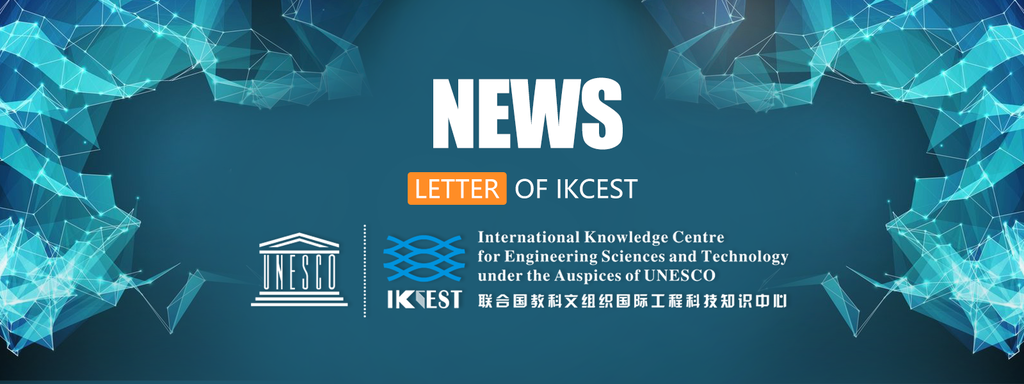
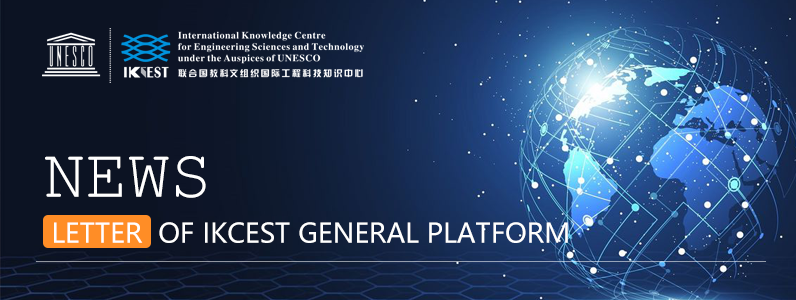
Knowledge application (知识应用)
Global Engineering(全球工程)
Introduction: “Global Engineering” collects engineering data resources from Asia, Europe, Africa, South America, North America and Oceania on nine fields. It can provide knowledge services, display frontier projects of major engineering’s research and development in various countries, analyze projects in detail from perspectives of technological innovation, scale benefit and social influence, and vividly present the general picture of each major engineering through pictures, texts and videos for you.
Source: IKCEST General Platform
Release date: Sep, 2019
Provided by: Cai Lingli , Zhang Xinxing
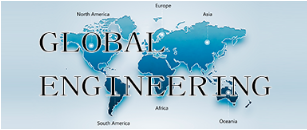
The Belt and Road Index(一带一路指数)
Introduction: “The Belt and Road Index” includes investment convenience index, investment potential index and technology development index. It combines country profile from countries along the Belt and Road, and develops knowledge services columns such as Index map, Information, Academic Research, Technology Development, Datasets, Countries Along and Data Center, so as to analyze various basic data (such as population, economy, energy reserve, etc.) of the countries along the Belt and Road from multiple dimensions. Besides, it is able to show you the latest information, and the achievements of engineering and technology construction (academic research, data set, service application) of countries along through maps.
Source: IKCEST General Platform
Release date: Sep, 2019
Provided by: Cai Lingli , Zhang Xinxing
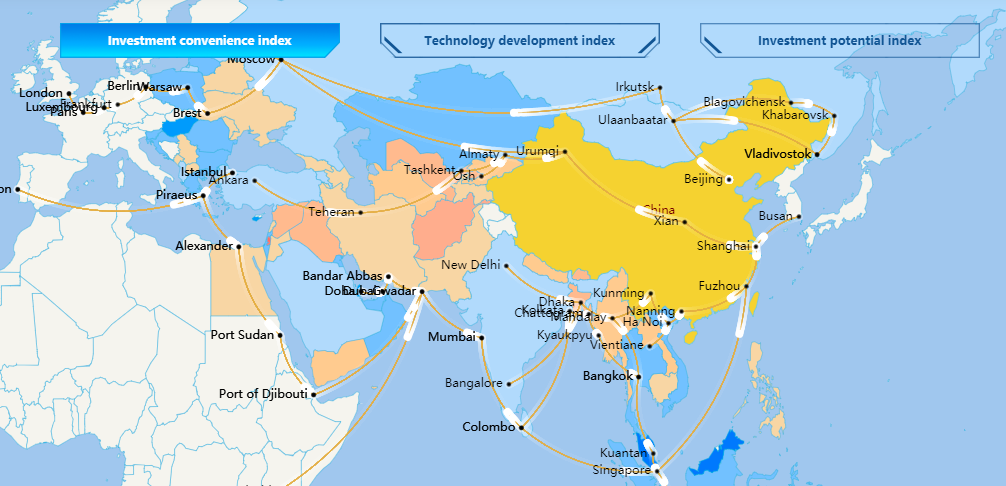
SDGs (支撑联合国可持续发展目标)
Introduction: “SDGs” gathers information concerned by UNESCO, focuses on all aspects of SDGs (169 indicators under the 17 objectives), analyzes data resources of relevant policies, news, articles, major events and activities from multiple perspectives, and presents them in special columns to help you search and fully understand the SDGs-related information.
Source: IKCEST General Platform
Release date: Sep, 2019
Provided by: Cai Lingli , Zhang Xinxing

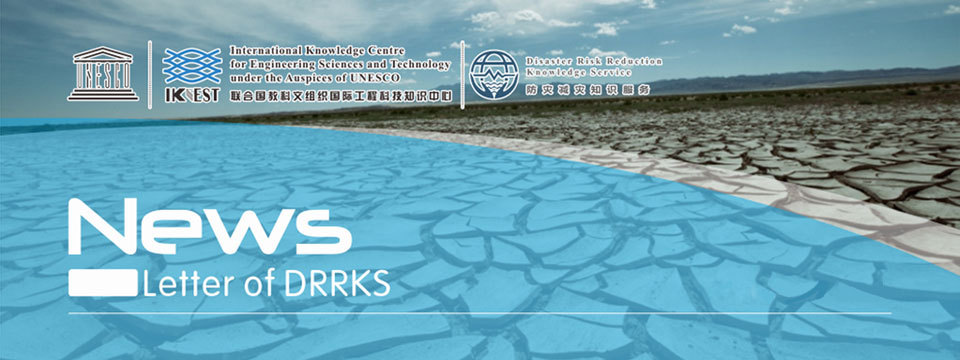
Scientific Data (科学数据)
Meteorological resource database of " Belt and Road" China-Mongolia-Russia economic corridor(“一带一路”地区中蒙俄经济走廊气象资源数据库)
Introduction: This dataset described the distribution of meteorological resource in China-Mongolia-Russia economic corridor, which mainly record the travel climate comfortable degree in the cross-border region between China and Russia. They were collected and organized by the Institute of Geographic Sciences and Natural Resources Research, Chinese Academy of Sciences. This dataset was composed of 56 raster files. It can be used to study meteorological disasters and provide important basis for disaster prevention and reduction and reducing the negative effects of meteorological disasters.
Source: Disaster Risk Reduction Knowledge Service
Release date: May, 2019
Provided by: Yuan Yuelei
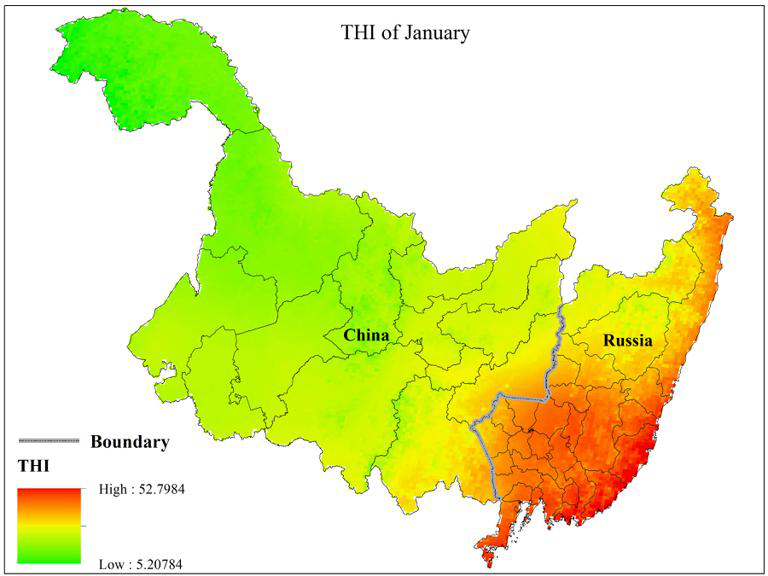
Spatio-temporal distribution of earthquake isaster in the Belt and Road Area in 1995(1995年一带一路地震灾害时空分布)
Introduction: This dataset described the distribution of earthquake disasters in countries along the Belt and Road in 1995, which mainly recorded the seismic location, earthquake grade, seismic wave coverage and range information. They were collected and organized by the Institute of Geographic Sciences and Natural Resources Research, Chinese Academy of Sciences. This dataset was composed of 16 vector files.
Source: Disaster Risk Reduction Knowledge Service
Release date: May, 2019
Provided by: Yuan Yuelei
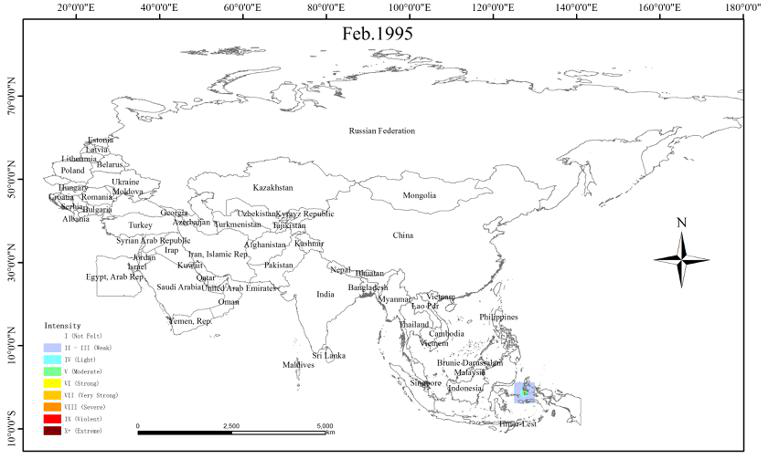
Knowledge application (知识应用)
Global Earthquake Daily Distribution Map Service(全球地震逐日分布地图服务)
Introduction: Daily global earthquake events are shown in a world map directly. Multiple servers are used to acquire data from USGS and stored into the corresponding database. Users can get earthquake events’ attribute information as well in the map.
Source: Disaster Risk Reduction Knowledge Service
Release date: 2017
Provided by: Yuan Yuelei
Video (视频课件)
Progress and development plan of Disaster Risk Reduction Knowledge Service System of IKCEST(国际工程科技知识中心防灾减灾知识服务系统进展与发展规划)
Introduction: Disaster Risk Reduction Knowledge Service is subordinate to the International Knowledge Center for Engineering Sciences and Technology (IKCEST) under the auspices of UNESCO. Facing the publication of the Sendai Framework for Disaster Risk Reduction 2015 - 2030, the DRR department of UNESCO raised the needs to IKCEST for the need of the construction of global disaster meta-database, creation of DRR educational platform, including on-line educational modules and the other needs about the disaster risk and reduction. This report will make a brief about the objectives, architecture, progress highlights, and development plan of Disaster Risk Reduction Knowledge Service.
Source: Disaster Risk Reduction Knowledge Service
Release date: 2017
Provided by: Yuan Yuelei
Emergency Survey by Remote Sensing in Serious Mountain Disasters and Its Perspectives(山地灾害应急遥感调查及其展望)
Introduction: This report introduces the application of remote sensing in emergency investigation of severe mountain disasters and its prospects are analyzed by taking the “4·20” Lushan Earthquake in Sichuan Province as an example.
Source: Disaster Risk Reduction Knowledge Service
Release date: 2017
Provided by: Yuan Yuelei


Scientific Data (科学数据)
Latest Global CityIQ Ranking(最新全球城市IQ排名)
Introduction: The statistical data are acquired from a variety of governmental and third-party sources. Intelligent Knowledge Service System uses advanced simulation models to fill the missing data. 2.Web Crawling Data: Tools were built to capture the data upon keywords from trusted cities’ official websites. The data will be transformed and used for the indication. 3.Survey data: Surveys are conducted using questionnaires concerning several key issues of sustainable development, corresponding to the 5-dimensional evaluation system. 4.Public Opinion Analysis: Based on the CityIQ database, we have added a sub-database, the City Public Opinion Analysis Database(CPOAD). The CPOAD obtains a large amount of public opinion analysis data from online social media to ensure the database upgrading dynamically and accurately.
Source: Intelligent City Knowledge Service
Release date: Oct, 2019
Provided by: Cao Buyang

Knowledge application (知识应用)
Stockholmsporten master plan by BIG (BIG公司Stockholmsporten总体规划)
Introduction: The Energy Valley is a cross-over between urbanism, landscape, architecture, art and infrastructure into a new neighborhood of Stockholm. Harnessing the momentum of the massive investment in tunnels and highways and putting the excess excavation to use as a man-made valley, it creates an interdisciplinary hybrid of logistic, economic, environmental and social infrastructure.
Source: Intelligent City Knowledge Service
Release date: Oct, 2019
Provided by: Zhao Liang

SOM breaks ground on Alárò City in Nigeria (SOM在尼日利亚阿拉罗市破土动工)
Introduction: Over 2,000 hectares, the city will combine a mix of industrial and commercial facilities positioned in line with the "growth path" of Lagos, one of Africa's fastest-growing cities. Alárò City helps strengthen Lagos' position as the economic and cultural hub for west Africa, by creating a new mixed-use model sustainable community.
Source: Intelligent City Knowledge Service
Release date: Sep, 2019
Provided by: Zhao Liang

JACK LAYTON FERRY TERMINAL AND HARBOUR SQUARE PARK (杰克·莱顿渡轮总站和港口广场公园)
Introduction: The winning proposal, which the design team dubbed Harbor Landing, combines the two functions of terminal and park into one structure. It imagines the terminal as two small pavilions coupled with a broad "berm," a wooden structure topped with a green roof.
Source: Intelligent City Knowledge Service
Release date: Sep, 2019
Provided by: Zhao Liang

Video (视频课件)
Overview of Urban Master Planning (城市总体规划概述)
Introduction: Urban master planning is an important part of urban planning. This course explains the tasks and significance of urban master planning.
Source: Intelligent City Knowledge Service
Release date: Oct, 2019
Provided by: He Rui
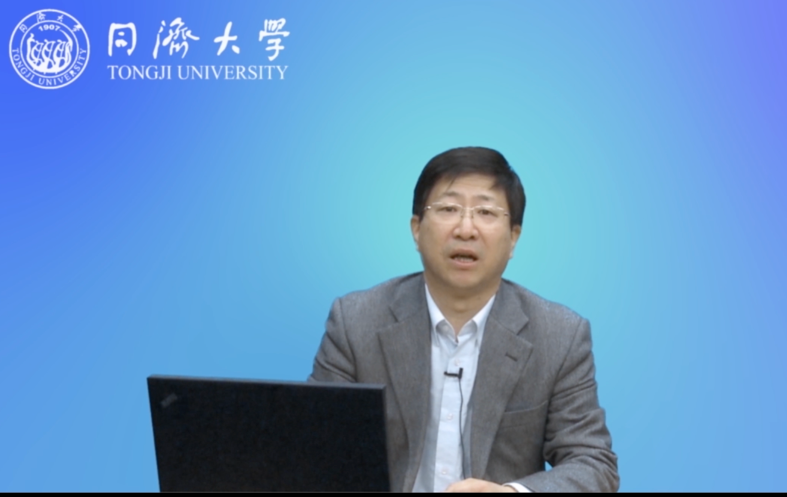
Main Contents of Urban Master Planning (城市总体规划主要内容)
Introduction: The first part is the regulations of the city's master plan. The second part is the compilation of the overall urban planning. The third part is about the central urban area.
Source: Intelligent City Knowledge Service
Release date: Oct, 2019
Provided by: He Rui
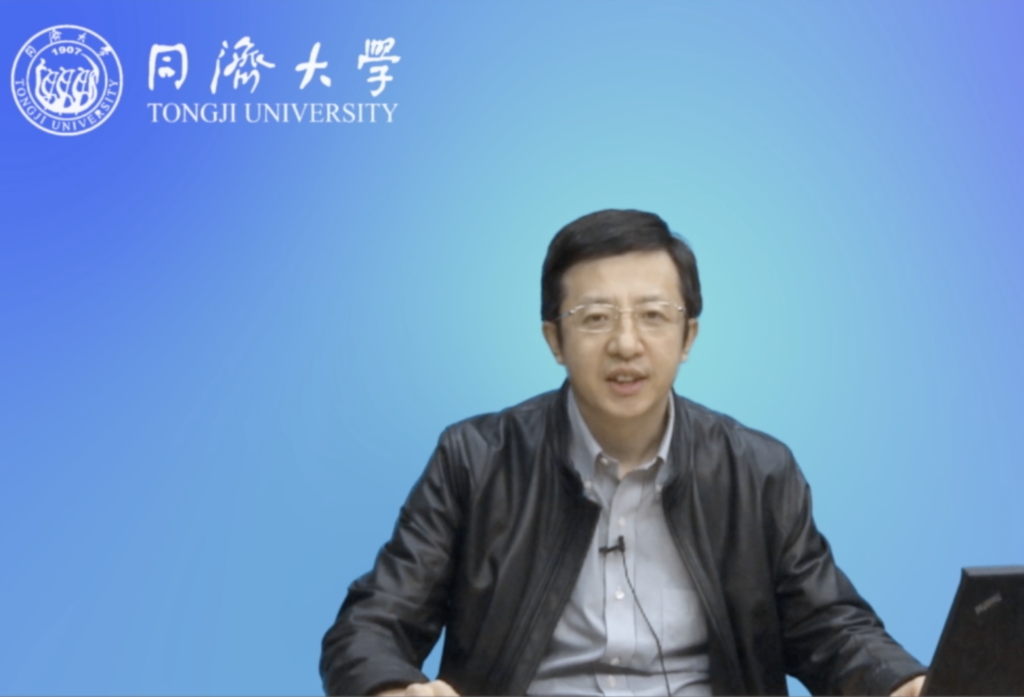
Town and Village System Planning (城镇体系规划)
Introduction: This course explains in detail the content of the urban rural planning system and the requirements of the times. At the same time, this lesson is also introduced with the actual case.
Source: Intelligent City Knowledge Service
Release date: Oct, 2019
Provided by: He Rui


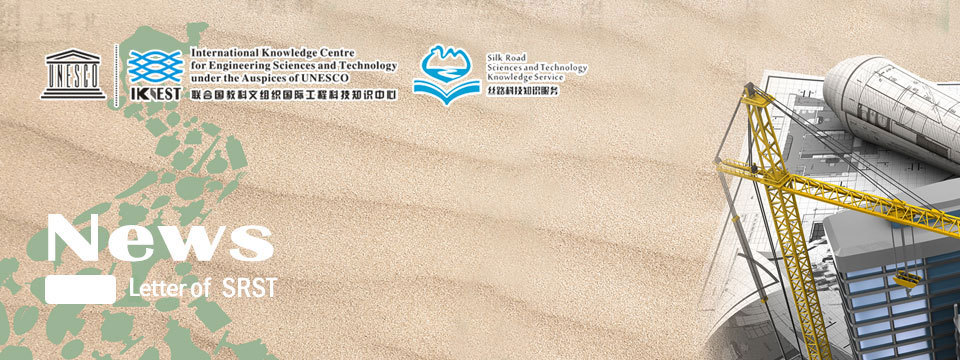
Scientific Data (科学数据)
Russian comprehensive database(俄罗斯综合数据集)
Introduction: This data collection brings together relevant information resources of Russia. The content of the subject gathers literature on trade, commerce, economy, investment, literature, art, humanities, geography, etc. The types of documents include journals, conferences, books, dissertations, standards, etc. And provide multilingual support services. Serving experts, scholars, enterprises, college students and other groups in the fields of education, science and technology, culture, etc., promoting multi-party comprehensive exchanges and cooperation, serving the country's development, exploring new talents for transnational training and cross-border mobility, and cultivating an international perspective. High-quality talent.
Source: Silk Road Sciences and Technology Knowledge Service
Release date: Aug, 2019
Provided by: Zhu Ying

Knowledge application (知识应用)
Knowledge graph of Population and Environment(人口与环境知识图谱)
Introduction: The knowledge graph of population and environment shows the core knowledge topics in the population and environment fields, as well as the links between the topics, by associating the maps. The map is unfolded through a two-tier structure that reveals the top 10 knowledge topics within the “Population and Environment” theme. For example, climate change, biodiversity, sustainability, and water are the core knowledge topics. Each topic on the first level is associated with 10 secondary knowledge topics related to it. For example, the first-level knowledge topic biodiversity is associated with secondary topics such as protected areas, species richness, and ecosystems. Click on one of the topic nodes to clearly observe the contents of the adjacent topic nodes associated with it.
Source: Silk Road Sciences and Technology Knowledge Service
Release date: Aug, 2019
Provided by: Zhang Qianglong
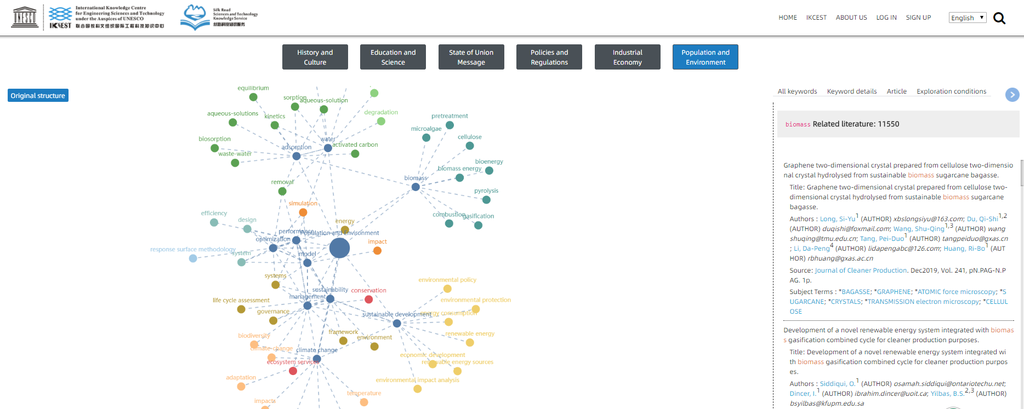
Video (视频课件)
Autonomous Driving Car(无人驾驶汽车)
Introduction: As a specific application of Artificial Intelligence, Driverless car, or known as autonomous vehicle, intelligent vehicle, robotic car, has been a hot topic in both academic and industrial field since several years ago. You might wonder “what is driverless car?”, “how can the car be driverless?” and “when will we have a driverless car?” The course will cover the history, the system overview, the key technology including perception mapping localization planning control, the different levels of autonomous driving technology, and its current progress and big events.
Source: Silk Road Sciences and Technology Knowledge Service
Release date: Aug, 2019
Provided by: Liu Jun



Scientific Data (科学数据)
Engineering Database (工程教育数据库)
Introduction: In this section, the database highlights international seminars in the field of engineering education held around the world, including WFEO(Word Federation of Engineering Organizations), IFEES (The International Federation of Engineering Education Societies), SEFI (European Society for Engineering Education) , ASEE (American Society for Engineering Education) , IACEE ( International Association for Continuing Engineering Education) and so on.
Source: Engineering Education Knowledge Service
Release date: Sep, 2019
Provided by: Tian Huijun , Li Zhengwen

Knowledge application (知识应用)
Knowledge Point Gathering
Introduction: The production of the knowledge point gathering video relies on the engineering MOOC course, selects relatively independent knowledge points, designs into a micro-class script, and then the final post is made into a video micro-class. The knowledge point video is presented to the learner in a fragmented form with an average duration of 8-12 minutes. Follow a video to finish a knowledge point, which is convenient for learners to learn during the daily fragmentation time.
Source: Engineering Education Knowledge Service
Release date: Sep, 2019
Provided by: Tian Huijun , Li Zhengwen

Video (视频课件)
AP Environmental Science - Part 2: Populations(环境科学,第二部分:遗传学)
Introduction: Preparing for the AP Environmental Science exam requires a deep understanding of many different topics in environmental science as well as an understanding of the AP exam and the types of questions it asks. This course is Part 2 of our AP Environmental Science series designed to prepare you for the AP exam.
In Part 2, you will learn about the populations that inhabit Earth. You will learn about population dynamics, the human population and sustainability. You will also examine land and water use.
As you work through this course, you will find lecture videos taught by expert AP Environmental Science teachers, practice multiple choice questions and free response questions that are similar to what you will encounter on the AP exam and tutorial videos that show you step-by-step how to solve problems. By the end of the course, you will be prepared to take on the AP exam!
Source: Engineering Education Knowledge Service
Release date: 2019
Provided by: Tian Huijun , Li Zhengwen
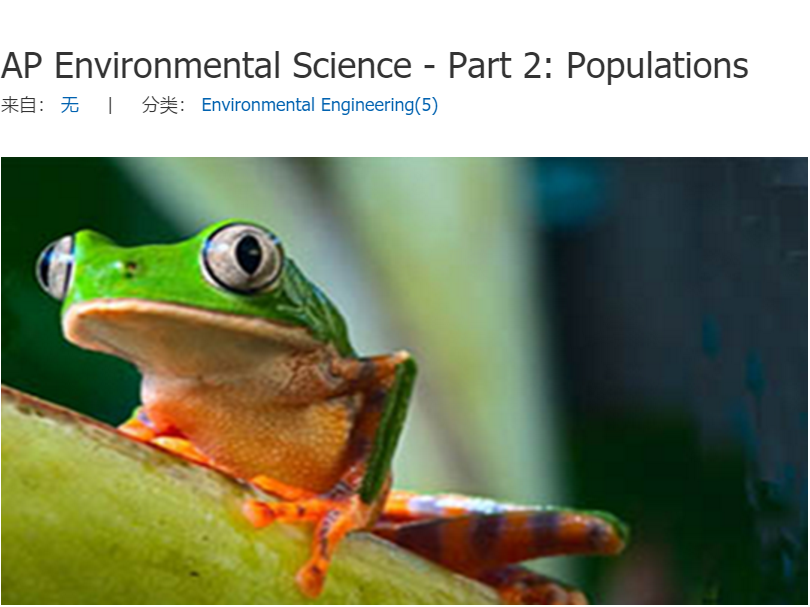
AP Environmental Science - Part 3: Pollution and Resources(环境科学,第三部分:污染和资源)
Introduction: Preparing for the AP Environmental Science exam requires a deep understanding of many different topics in environmental science as well as an understanding of the AP exam and the types of questions it asks. This course is Part 3 of our AP Environmental Science series designed to prepare you for the AP exam.
In Part 3, you will learn about pollution and Earth’s resources. You will take a look at the types of pollution Earth is facing, the state of the resources and how these things affect the Earth and the human population.
As you work through this course, you will find lecture videos taught by expert AP Environmental Science teachers, practice multiple choice questions and free response questions that are similar to what you will encounter on the AP exam and tutorial videos that show you step-by-step how to solve problems. By the end of the course, you will be prepared to take on the AP exam!
Source: Engineering Education Knowledge Service
Release date: 2019
Provided by: Tian Huijun , Li Zhengwen
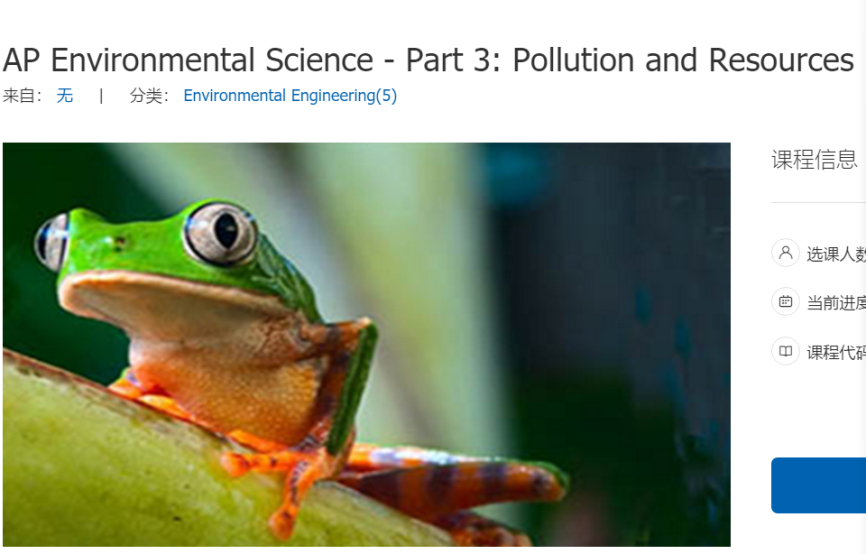
AP Biology - Part 2: Genetics(生物学,第二部分:遗传学)
Introduction: Preparing for the AP Biology exam requires a deep understanding of many different topics in biology as well as an understanding of the format of the AP exam and the types of questions it asks. This course is Part 2 of the AP Biology series designed to prepare you for the AP Biology exam.
In Part 2, you will explore genes and learn how information is passed from one generation to the next. You will look at the molecular level of genetics as well as the bigger picture, learning how DNA holds the instructions to life.
As you work through this course, you will find lecture videos taught by expert AP Biology teachers, practice multiple choice questions and free response questions that are similar to what you will encounter on the AP exam and tutorial videos that show you step-by-step how to solve problems. By the end of the course, you will be prepared to take on the AP exam!
Source: Engineering Education Knowledge Service
Release date: 2019
Provided by: Tian Huijun , Li Zhengwen
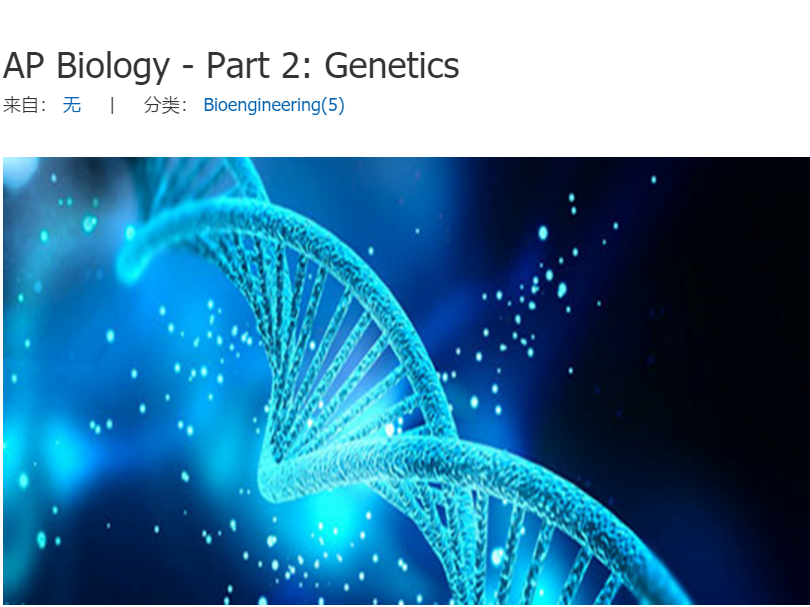
AP Biology – Part 3: Evolution and Diversity(生物学,第三部分:演化和多样性)
Introduction: Preparing for the AP Biology exam requires a deep understanding of many different topics in biology as well as an understanding of the format of the AP exam and the types of questions it asks. This course is Part 3 of our AP Biology series designed to prepare you for the AP Biology exam.
In Part 3, you will explore the idea that the process of evolution drives the diversity and unity of life. You will examine how changes in the genetic makeup of a population happen over time and how these changes drive evolution and create diversity.
As you work through this course, you will find lecture videos taught by expert AP Biology teachers, practice multiple choice questions and free response questions that are similar to what you will encounter on the AP exam and tutorial videos that show you step-by-step how to solve problems. By the end of the course, you will be prepared to take on the AP exam!
Source: Engineering Education Knowledge Service
Release date: 2019
Provided by: Tian Huijun , Li Zhengwen


>>>IKCEST Newsletter 2019 August<<<
>>>IKCEST Newsletter 2019 June<<<









 User Center
User Center My Training Class
My Training Class Feedback
Feedback





